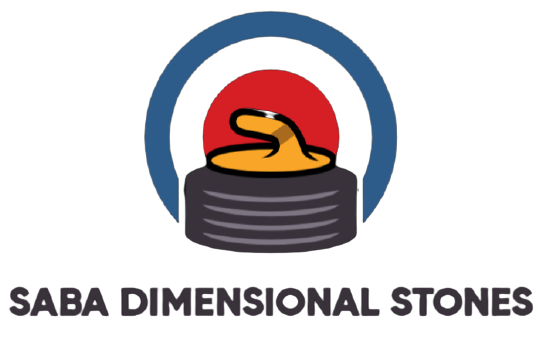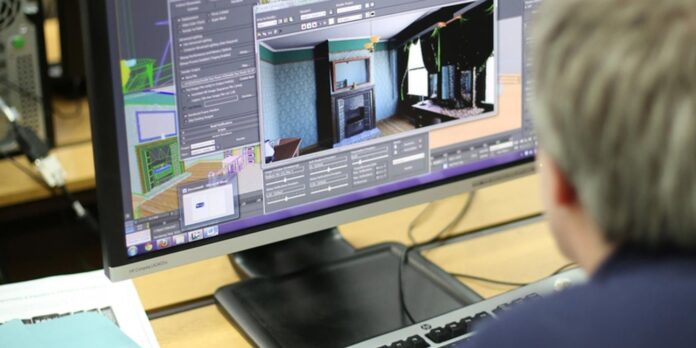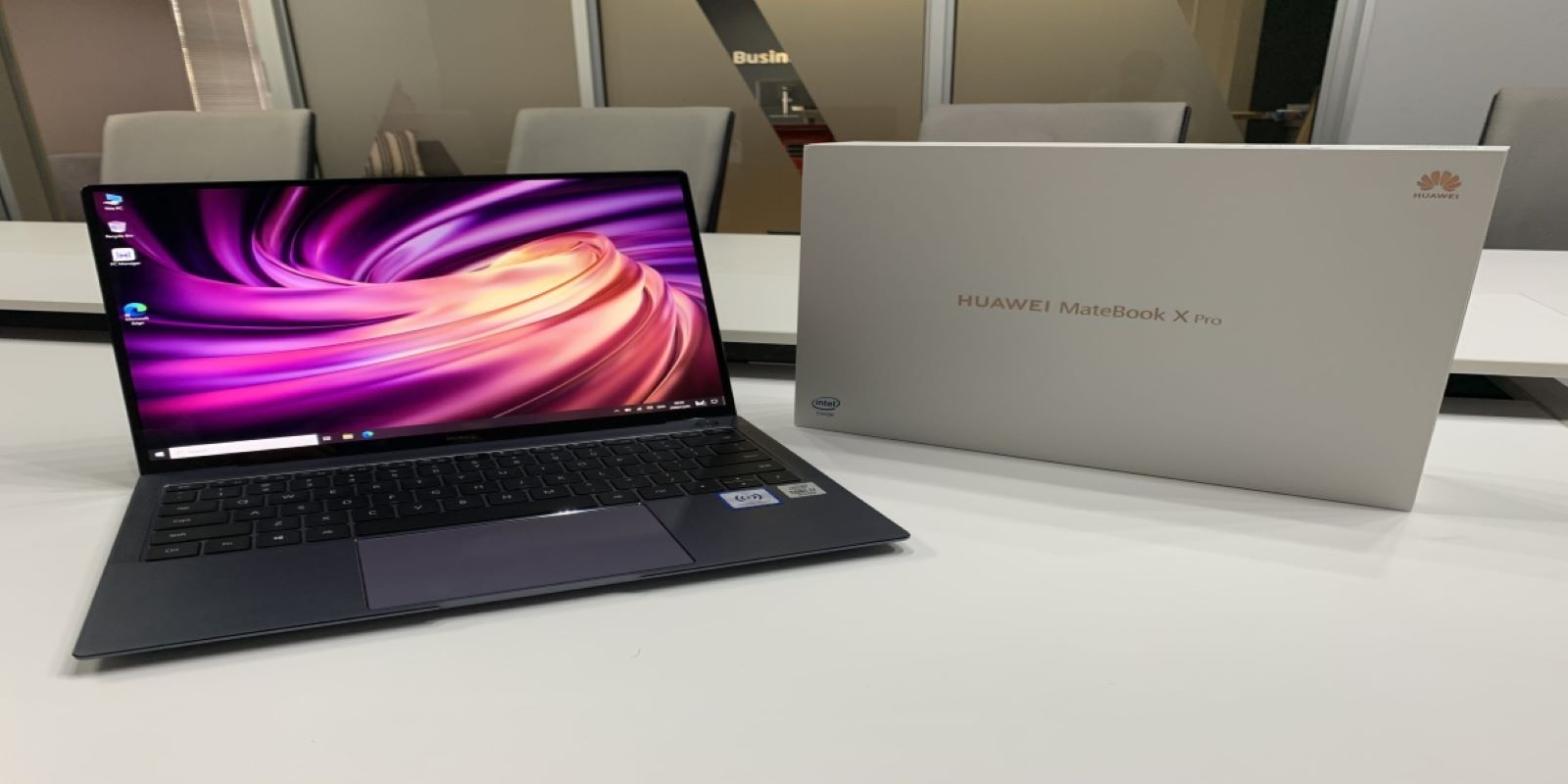The history of automation is intimately connected with the history of computer-aided control technology (CAC). In the first half of the twentieth century, automation processes involved analog processes and continuous automatic measurement and control of hardware. The development of CAD led to the use of feedback amplifiers in telephony and the development of numerically controlled milling machines. Today, these technologies can perform numerous tasks, ranging from design engineering to manufacturing.
Computer-aided design and manufacturing, or CAD/CAM, is a process used to manufacture mechanical components. This technique utilizes computers to link design information with machine-tool control information. CAD/CAM is actually two separate technologies, developed along unrelated lines, but were combined in the 1970s. This process helps in the design, production, and maintenance of machines and components. The basic concept of CAD/CAM is to use computer-aided engineering to create and modify physical objects.
As the cost of CNC systems continues to increase, so too does the cost of trained operators. The cost of a Haas VF-1 machine is about $45k out-of-the-door. If you wanted to put one on your shop floor, it would cost $1 million. Moreover, a skilled operator is rare and expensive, which makes recruiting the right people difficult. But with the advent of advanced software, the job market for CNC machining is increasing.
Despite the many benefits of computer-aided manufacturing, CAD/CAM requires a significant upfront cost. One VF-1 machine, for example, costs about $45k. This means that a shop floor full of Haas machines would cost about $1 million. As a result, there is a lack of skilled labor in the field, and it’s difficult to recruit the right people. Nevertheless, CAD/CAM is an increasingly important part of manufacturing and has become essential for any industry.
In addition to CAD/CAM, computer-aided manufacturing (CAM) systems can improve manufacturing skills. These systems use computer-aided control technologies to link design information to the control information of machine tools. They have become indispensable in modern machining. They are capable of transforming manual work into high-tech production. These processes require high levels of automation. They require a highly skilled workforce. A VF-1 will make complex designs more efficient.
CAD/CAM is a computer-aided manufacturing process that links design information with the control information of a machine tool. Unlike conventional manufacturing, CAD/CAM requires no human labor, but uses automated equipment to produce a range of products. These products are manufactured with the help of a specialized CNC machine. With the help of a CAM software, an engineer can manage a project more efficiently.
CAD/CAM has become a standard within the computer-aided manufacturing industry. CAD/CAM is the process of manufacturing mechanical components. Using a computer, it links design information to the control information of the machine tool. CAM/CACD are two distinct technologies, but they are often used in tandem. With CAD/CAM, a designer can create a model, save it, and then print it. Similarly, an architect can manage an engineering project.
CACM is a system that simulates the operating process of a machine. Moreover, it can be used to improve the quality of a product. The use of computer-aided manufacturing software is an increasingly popular way of integrating CNC into the workplace. CAD software is an effective solution to the challenges of modern manufacturing. With a specialized application, a designer can design and manufacture a product. The advantages of a CAD program include a shortened design cycle and lower cost.
CAD is a key technology within computer-aided manufacturing. The benefits of CAD systems include shortened design cycles, decreased costs, and more accurate and productive products. CAD software also helps engineers manage and design engineering projects. Most CAD applications support NURBS geometry and solid modeling with boundary representation. These tools provide solid modeling capabilities to CAD software applications. These skills are essential for any modern manufacturing business. Further, the CSA certification will open the door to more advanced opportunities in the field.
CAM is a tool that uses computers to control a manufacturing process. Its main purpose is to reduce the costs of manufacturing by incorporating CAD into an organization’s business. A CAD software is a powerful tool that allows engineers to make complex designs quickly and efficiently. Its aims are to improve efficiency and productivity. And, of course, a CAM system will help scientists save money. Its implementation will allow manufacturers to improve their bottom line.











